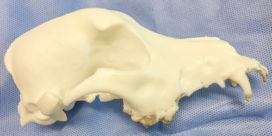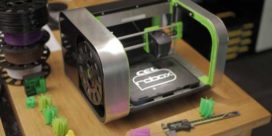Here’s one way 3D printing is enhancing curriculum
A veterinary college is using 3D printing technology to create models students will use to practice surgical skills. Lincoln Memorial University-College of Veterinary Medicine (LMU-CVM) will incorporate the…


